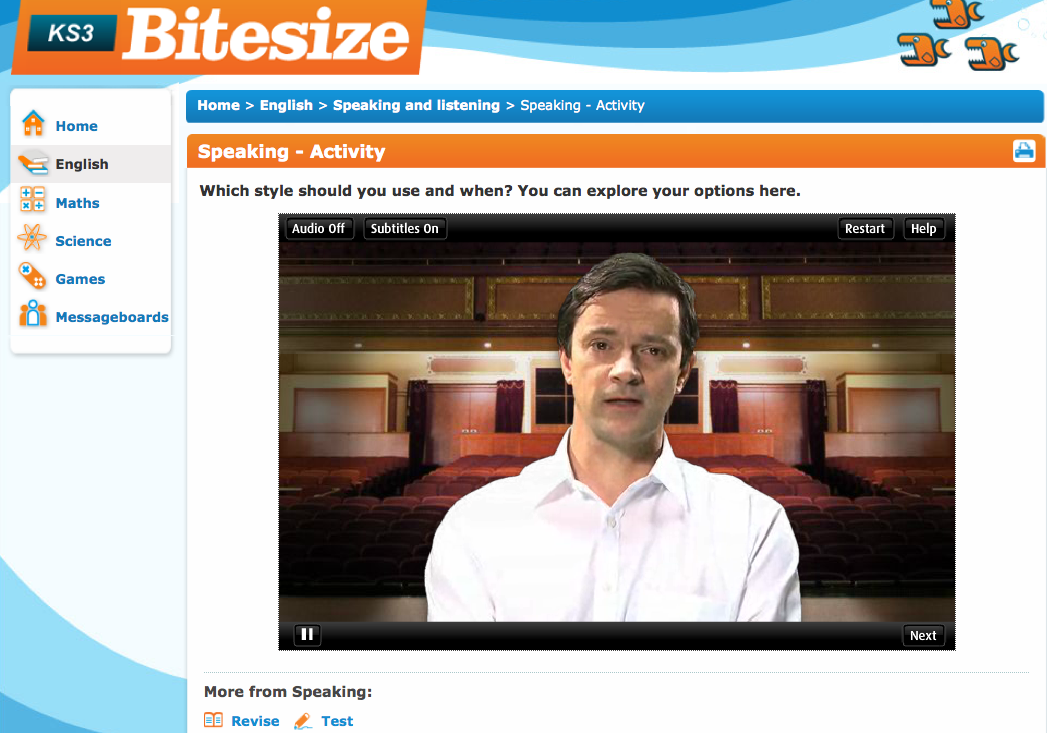3. Formal and Informal Language


|

|
Different situations cause the use of different varieties of English. A variety of language appropriate to a particular situation is known as a register. We are likely to use several different registers each day: one kind of language with friends; another when speaking to strangers; another when writing a formal letter or an essay. Registers can be spoken or written.
The factors that influence the type of register we use include the topic, the mode and the relationship between speaker or writer and audience. The topic we are writing or talking about is likely to have a strong influence on the vocabulary that is used. The main distinction in terms of mode is between written and spoken modes. An email cancelling an appointment will not use exactly the same language as a phone call with the same purpose. Besides, there are many different formats in writing and speech, with its own conventions and characteristics. Finally, we adjust the language that we use according to the people we are addressing and the relationship we have with them. We might speak respectfully to someone in authority (an employer, a college principal), casually to friends, politely to strangers at a bus stop, and so on. Situations such as these require us to adopt different levels of formality.
Reflexión
What is the difference among the following expressions?
- suffering from chronic fatigue
- shattered
- very tired
- knackered
Informal language is a language that is relaxed, familiar and conversational. Formal language has a more serious, distant and impersonal tone. There are different degrees or levels of formality.
The key indicators of how formal and informal a text is will often be the vocabulary. Grammar can also be important: formal texts sometimes employ lengthy, elaborately constructed sentences, while informal language is associated more with short (perhaps grammatically incomplete) sentences
Here you have some features of informal and formal language:| Formal language |
Informal language | |
| Vocabulary |
Latin based words
|
Anglo Saxon words (phrasal verbs) |
| Grammar | Passive constructions Noun phrases Complex sentences |
Active constructions Verb phrases Simple sentences |
| Punctuation |
Full words | Abbreviations Contractions |
| Pronunciation | Received pronunciation | Shortened pronunciation of words
Contractions |
Click on the image to watch a funny video explaining the differences between formal and informal language and then take the test to check your knowledge.
|
|
Actividad de rellenar huecos
The following sentences are mixed formal and informal. Write F (formal) or I (informal) in the gaps after each sentence.
A step ahead
Download this handout and go to page 4, where you have a formal text that you have to turn into informal. All the steps for the transformations are given, and so is the final result. Good luck!
Para saber más
This is the formal and informal writing section of the SUNY Geneseo's Writing Guide. Have a look at it. Then you can check out other sections.
